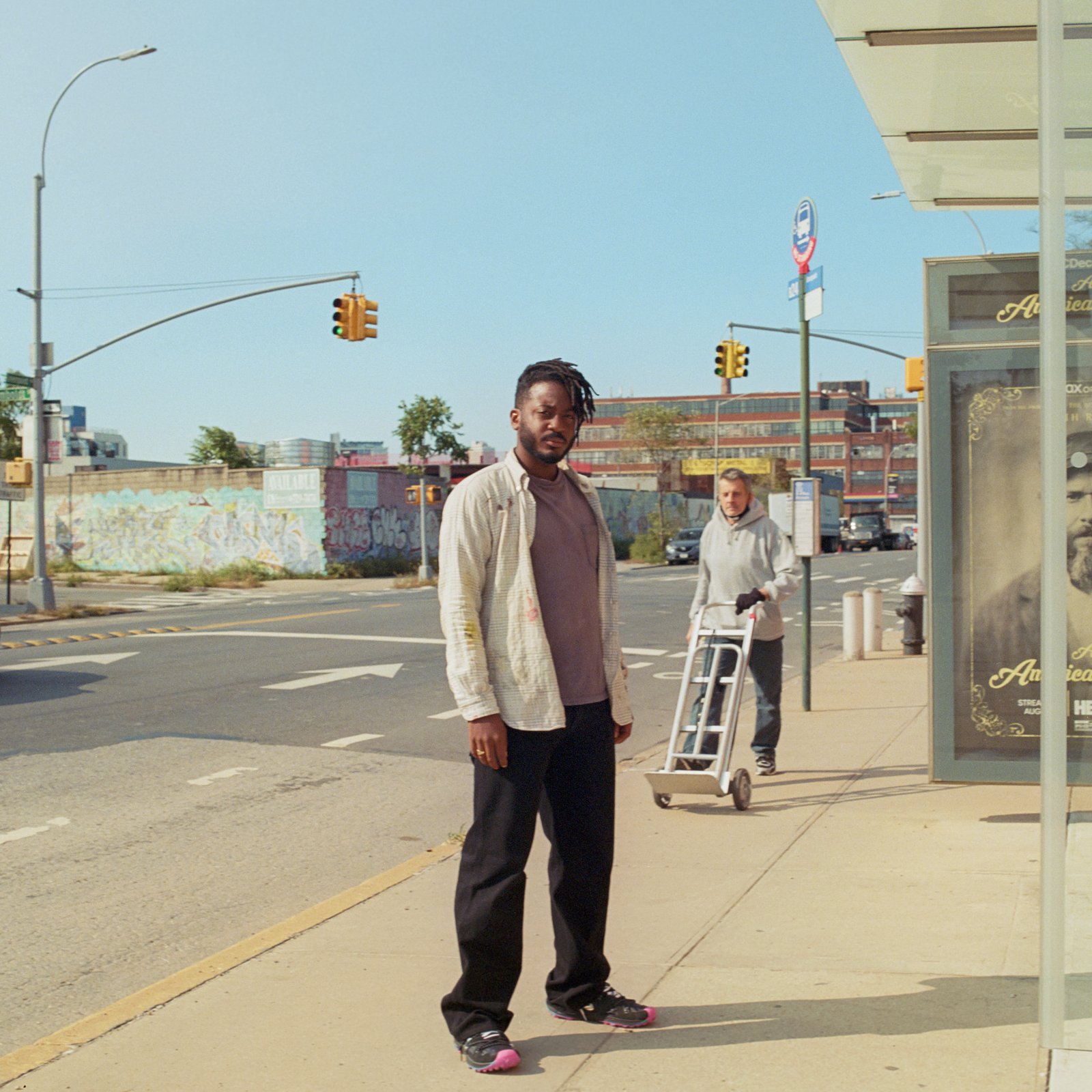Marcus Leslie Singleton in conversation with Tschabalala Self
The two artists talk about inspirations, success and hopes for the future.
This story was originally published in Justsmile Issue 1 FW20.
Photography Don Brodie

‘As artists our work is protest in itself in a way; we live as a protest.’
MLS: That’s a good question. My move to New York was really propelled by the fact that there was such a strong arts culture here. I was interested in street art, so when I moved here that’s what I was doing. I was spray painting poetry, and then I started to make work that was more insular-inside. When I started doing that, I started to check out galleries.
Mike Kelley was one of the first shows I remember going to. I remember during the first couple weeks when I came to New York, I went to the Mike Kelly show at Skarstedt. And it was so good. It wasn’t what I was expecting. I was expecting paintings, but that show was all these notebook drawings of his and he was drawing really hilarious, tongue in cheek jokes.
TS: Who are some of the other artists that you admire, or who you look up to?
MLS: Well, let’s just get this out of the way: of course, you. I’ve told you this but I saw your show at the Hammer MuseuminLA–thatwascool.Iusedtolookatalotof photography, a lot of African photographers and African American photographers like Kwesi Abbensetts, who I still am in touch with. He’s cool. And Jamel Shabazz, I was looking at his work a lot. Micaiah Carter. As far as painting goes, I was looking at a lot of John Rivas, Curtis Santiago, Emma Kohlmann, Lynette Yiadom-Boakye and Chris Ofili’s work.
TS: Oh, yeah. Last night I was looking at his most recent show, and also looking up my favorite show I ever saw in person – his show at the New Museum.
MLS: I missed that. I was so sad I was out of town.
TS: It was good! I’m always impressed with how he was able to move from more assemblage paintings, to oil painting.

